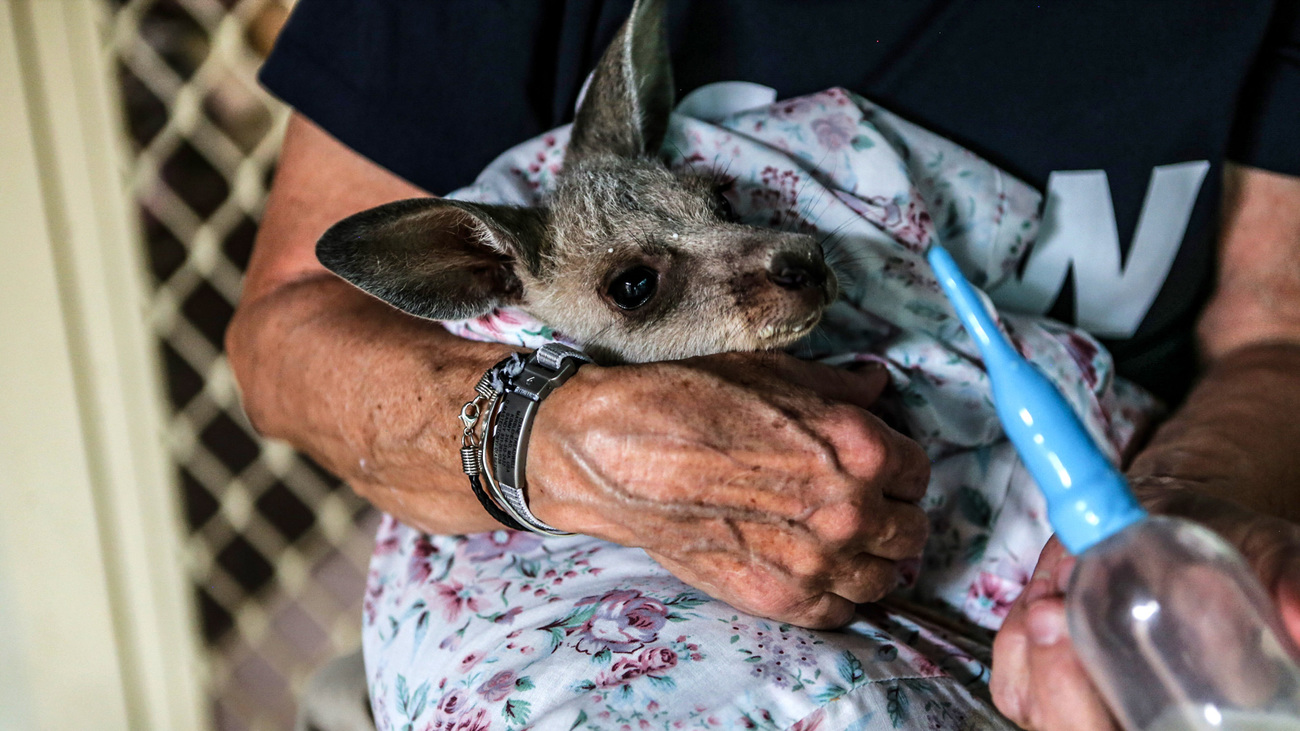Blog
Vultures: Nature’s cleanup crew and wildlife detectives
Read moreThe unseen heroes of Australia’s native wildlife: a call for greater recognition and support

Australia’s unique native wildlife holds a special place in the hearts of many. With 87% of mammals, 93% of reptiles, and 45% of bird species found nowhere else on earth, it is more critical than ever that Australia’s wildlife is protected and conserved. Yet the survival of many of our iconic species increasingly depends on a group of unsung heroes: volunteer wildlife rescuers and rehabilitators. These dedicated individuals selflessly devote their time, resources, and emotional energy to rescuing, caring for, and rehabilitating sick, injured, and orphaned animals, often at great personal expense. Despite their essential role, the lack of recognition and sustainable support for these volunteers reflects a glaring oversight in our collective responsibility to protect our native wildlife.
The rescue and rehabilitation of native animals is the responsibility of Australia’s state and territory governments; however, this critical work is placed on thousands of volunteer wildlife carers through a system of permits and licenses. These volunteers are the frontline responders to the growing number of animals affected by habitat destruction, vehicle collisions, and extreme weather events exacerbated by climate change. Yet their efforts are often unsupported by the very systems that depend on them.
These carers bear the financial burden covering the costs of transporting animals, food and formula, veterinary care, and equipment. In New South Wales alone, the wildlife volunteer contribution is estimated to save the government more than AU$27 million each year and growing, plus voluntary veterinary contributions are valued at AU$1.8 million. There is also the immense and growing mental strain of witnessing suffering and death on a regular basis. Rising costs of living and the increasing frequency of animals needing help have only amplified these pressures. For decades non-government organisations (NGOs) including conservation and animal welfare charities, have stepped in to fill the gaps left by inadequate government support. However, this model is neither fair nor sustainable and essentially just applies a band-aid to an escalating problem.
The rescue and rehabilitation of Australia’s native wildlife is not just the responsibility of volunteer carers, NGOs, or the general public who provide donations to support these efforts. It requires a united, collaborative effort across all sectors. Governments across the board must step up to provide sustained and adequate funding and resources for wildlife rescue and rehabilitation services, fulfilling their legislative obligations—not just for the care of native wildlife but for the conservation of threatened species. This could include establishing a network of sustainably funded and adequately equipped and staffed wildlife hospitals and providing direct financial assistance for the costs of care or tax rebates to offset some of the costs. It’s also critical to ensure the provision of mental health services to essentially ‘care for the carers’ who undertake this incredible work.
Corporate Australia must also play a role. Leveraging funds from corporations, especially those that profit from industries impacting wildlife habitats, could provide vital resources to support wildlife conservation efforts. Planning and environmental laws, at the state and federal level, need urgent reform to prioritise coexistence. Integrating wildlife-friendly infrastructure early in the development design process, such as fauna overpasses and underpasses, and ensuring habitat corridors are adequately maintained to connect vital stepping stones across the landscape will help to allow the free movement of wildlife to feed and breed, while reducing the impacts of vehicle strikes—one of the main causes of animals needing rescue and care.
Addressing the key threats to native wildlife requires innovative and forward-thinking solutions. For example, long-term conservation strategies must recognise wildlife as an integral part of mitigating climate change. Healthy ecosystems supported by thriving native species play a critical role in carbon sequestration, water cycle regulation, and biodiversity preservation. A healthy natural environment also helps bolster the health and wellbeing of the local communities that share those spaces.
By valuing wildlife as part of the solution rather than a roadblock to development approval or a consequence of growing environmental pressures, we can shift the narrative toward coexistence and mutual benefit. This vision demands not just funding but a cultural shift that places wildlife at the heart of policy, legislation reform and future planning.
Volunteer wildlife rescuers and carers are the backbone of Australia’s efforts to save its native species, but they cannot and should not shoulder this burden alone. As a society, we must come together to find sustainable solutions to the challenges facing our iconic wildlife.
From reforming environmental laws, investing in training and sustained resourcing of veterinary care, to fostering corporate partnerships, every sector—and multiple levels and functions of government—has a role to play in reducing the pressures on wildlife carers and addressing the threats to native species. The time has come to recognise the invaluable contributions of these volunteers and ensure they have the support they need to continue their vital work for the benefit of our wildlife.
If we truly value Australia’s unique natural heritage, we must act now. Some species are slipping to extinction, and as a society we are standing by and watching it happen. Wildlife rescue and rehabilitation is not a luxury; it is an essential community service that deserves our collective recognition and investment.
Every problem has a solution, every solution needs support.
The problems we face are urgent, complicated, and resistant to change. Real solutions demand creativity, hard work and involvement from people like you.
Unfortunately, the browser you use is outdated and does not allow you to display the site correctly. Please install any of the modern browsers, for example:
Google Chrome Firefox Safari